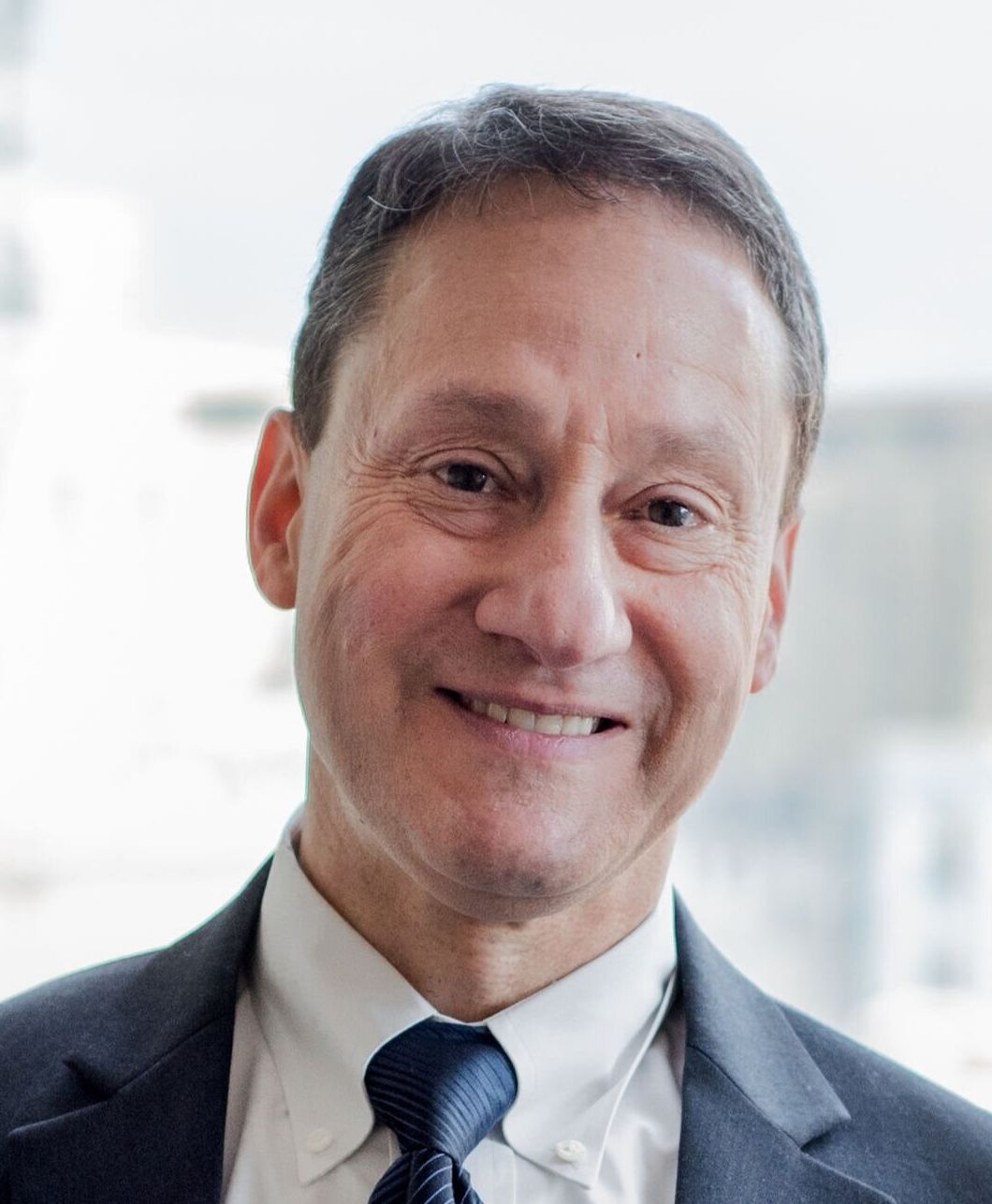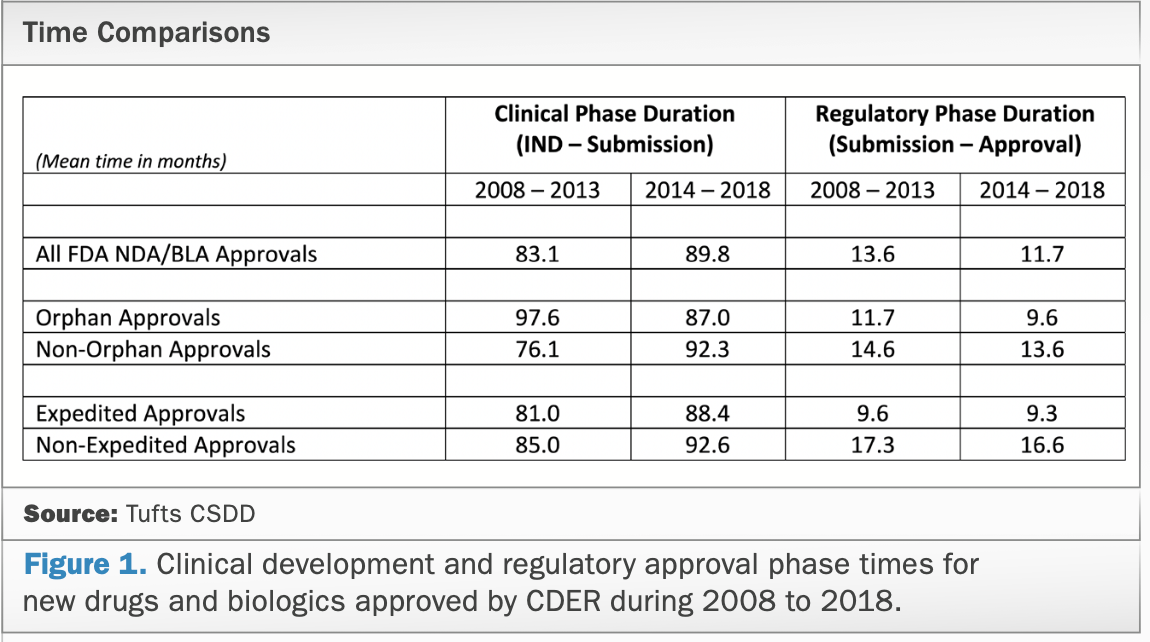Applying Pre-Pandemic Benchmarks to Assess Future Speed Strategies
Study offers clues for installing rapid R&D tactics post-pandemic.
The world is anxiously watching and rooting for the global drug development enterprise in anticipation of COVID-19 treatments and vaccines. Pharmaceutical and biotechnology companies, in collaboration with regulatory and government agencies, have taken many steps to try to compress drug development timelines. To name but a few: they have rapidly mobilized scientific and operating teams; entered into an unprecedented number and variety of co-development arrangements; scaled-up manufacturing capabilities; and leveraged technology solutions and advanced analytics to access and analyze data from animal and early human studies and from commercially available therapies treating other diseases.
Ken Getz

Regulatory agencies have issued emergency use authorizations and offered research sponsors guidance to assist preparedness, ensure recruitment continuity, and embrace more virtual and remote approaches to conducting clinical trials.
Of the 400+ COVID-19 treatments and vaccines now in R&D, a rapidly increasing number are in human testing with several promising therapies in late-stage clinical trials. The successful development of safe and effective COVID-19 therapies within a forecasted 12-to-24-month time horizon is truly groundbreaking. Indeed, our research at the Tufts Center for the Study of Drug Development (Tufts CSDD) shows that such an acceleration represents a 400% speed improvement: historically, experimental immunological and anti-infectives take approximately eight years to develop from first-in-human clinical trials to FDA approval. Late-stage Phase III vaccine trials alone usually take around three years.
Will R&D strategies and tactics designed to dramatically shorten timelines during the pandemic translate across development portfolios post-pandemic? This is a question that many sponsor companies are exploring and it couldn’t come at a better time.
The most recent Tufts CSDD benchmarks—gathered at the end of 2019 just prior to the pandemic—show that while mean regulatory review times for U.S.-approved drugs and biologics (referred to throughout this column as “drugs”) have declined by nearly two months during 2014 and 2018, average clinical phase times have increased by nearly seven months during the same period. Clinical phase times for drugs targeting rare diseases are one of the few positive news items coming out of our recent analysis: orphan drugs now take more than nine months less time, on average, to complete clinical trials and receive regulatory approval compared with non-orphan drugs.
The results of this recent study present useful baseline measures gathered just before the COVID-19 pandemic from which to assess post-pandemic strategies and tactics to accelerate development and approval timelines.
Clinical and regulatory phase durations
Tufts CSDD analyzed clinical development and regulatory approval phase times for all 377 new drugs and biologics approved by the FDA’s Center for Drug Evaluation and Research (CDER) during 2008 to 2018. Clinical trial durations and scope metrics were obtained from summaries of drug approvals available on the FDA website, from medical reviews, and from the ClinicalTrials.Gov website. Benchmarks were derived from several subgroup analyses, including by therapeutic area, whether an approved drug was originally with an orphan drug designation, and whether the drug was developed and approved by one of four expedited FDA review programs (e.g, accelerated approval, fast track, breakthrough designation, and priority review).
This study was funded in part by an unrestricted grant from the Biotechnology Innovation Organization (BIO).
The average cycle time for all clinical testing (clinical phase duration) from IND filing to FDA submission (shown in Figure 1 below), for drugs approved during 2014 -2018 is 89.8 months, an increase of 6.7 months, or 8.1%, compared to the earlier 2008-2013 time period. Mean regulatory phase duration—from submission to FDA approval—for all drugs approved between 2014 and 2018 was 11.7 months, a decrease of 1.9 months, or 14%, shorter than the earlier 2008-2013 timeframe. Average total time to bring a successful drug through clinical testing and into the market (i.e., from IND filing to regulatory approval) was 101.5 months—approximately eight-and-a-half years. This represents an increase of 4.8 months, or 5%, between the two time periods, 2008-2013 and 2014-2018.
Click to enlarge

Increases in the overall clinical phase duration are due to growth in cycle times for individual clinical trials in each phase of development. Substantial growth in protocol design complexity has been a major contributor to phase-specific cycle time increases. Phase I clinical trials have increased more than 7% in duration between the two time periods—from 13.8 months on average to 14.8 months. Phase II clinical trials saw the largest relative increase in duration from an average of 27.1 months to 30 months—or nearly 11%—between the 2008-2013 and 2014–2018 observation periods. And Phase III clinical trial durations have increased by more than 6% between the two time periods, from an average of 26.8 months in the 2008-2013 period to an average of 28.5 months per individual trial in the 2014-2018 timeframe.
Scope increases in clinical trials by phase is another factor driving cycle time increases. With the exception of Phase IV studies, the average number of participants and investigative sites per clinical trial, in all pre-approval phases, have increased.
The highest increases have been observed in Phase II: the mean number of participants, for example, increased 9.2%, from 152 in 2008-2013 to 166 in 2014–2018.The average number of participants in Phase I and III clinical trials increased 5%–7% between the two time periods.
The average number of participants in Phase IV clinical trials has declined sharply—by 26.1%—in part due to the growing proportion of orphan drug approvals now being marketed.
Very high variation was observed around the mean number of participants per clinical trial and this variation has increased over time.
Subgroup insights
In this most recent study, Tufts CSDD also observed wide variation in overall duration (clinical plus approval phase) by therapeutic area. Looking at the most active therapeutic areas—those with the largest number of drug approvals during the full 11-year (2008-2018) period—anti-infectives had the shortest average overall duration of 84 months. CNS had the longest average overall duration of about 108 months. The average clinical phase duration for anti-infectives was 17.6 months. This is 19.2% shorter than that of CNS treatments.
Oncology approvals between 2008 and 2018 averaged almost 95 months overall per drug—87.2 months in the clinical phase and 7.7 months in the regulatory phase. Some of the variation in review durations can be explained by differences in the proportion of drugs that received a priority review rating from FDA. Whereas 74% of drugs approved in oncology had a priority rating, only 43% of CNS drugs were designated for priority review.
Overall durations (clinical plus regulatory phases) for orphan drug approvals decreased from 109.3 months, on average, in 2008-2013 to 96.6 months in 2014-2018, an acceleration of more than a year of time.Mean clinical duration for orphan drug approvals during 2014-2018 was 5.3 months faster than for non-orphan drug approvals.The difference between orphan and non-orphan drug mean regulatory review durations has increased with orphan drugs now seeing a four-month speed advantage during the later 2014-2018 time period. Mean clinical duration for non-orphan drug approvals increased substantially (16.2 months) in the 2014–2018 period, whereas mean regulatory review duration for non-orphan drugs decreased by one month.

As expected, approvals under one of four expedited or facilitated regulatory pathways (FRPs) were considerably faster than those receiving non-expedited review. The overall duration for approvals of drugs under expedited review was 11% shorter, on average, than non-expedited review approvals during the full 11-year (2008–2018) observation period.
Compared to approvals under non-expedited review, the mean clinical phase duration for drugs approved under an FRP was four months shorter in the 2008-2013 time period (4.7%) and 4.2 months (4.5%) shorter in the 2014-2018 time period. The average regulatory review phase duration for expedited review drugs was approximately 45% faster than than for non-expedited drugs during both 2008-2013 and 2014–2018 time periods.
For approvals under expedited and non-expedited review, mean clinical phase durations increased by 7.4 months (9.1%) and 7.6 months (8.9%), respectively. Meanwhile, the mean regulatory review phase duration decreased by 0.3 months (3.1%) for expedited approvals and 0.7 months (4.0%) for non-expedited approvals.
Tufts CSDD also evaluated the impact of sponsor company size on development and regulatory approval speed. This subgroup was assessed in response to recent claims that smaller companies (i.e., organizations spending less than $1 billion on R&D annually) enjoy a speed advantage over the largest pharmaceutical and biotechnology companies. Looking at all approved drugs during 2008 and 2018, the claim is not supported. Approvals of drugs sponsored by the largest companies enjoy a nine-month average clinical duration advantage and a 1.2-month average regulatory review advantage.
We look forward to assessing the speed records broken by COVID-19 treatments and vaccines when they complete development. Contrasting them against our most recent pre-pandemic clinical and regulatory review phase durations will provide valuable insights into time-compression strategies and practices that can be applied across development portfolios long after the pandemic is behind us.
Ken Getz, MBA, is Deputy Director and Research Professor, Tufts CSDD, and Chairman of CISCRP, both based in Boston, MA. Email: kenneth.getz@tufts.edu
